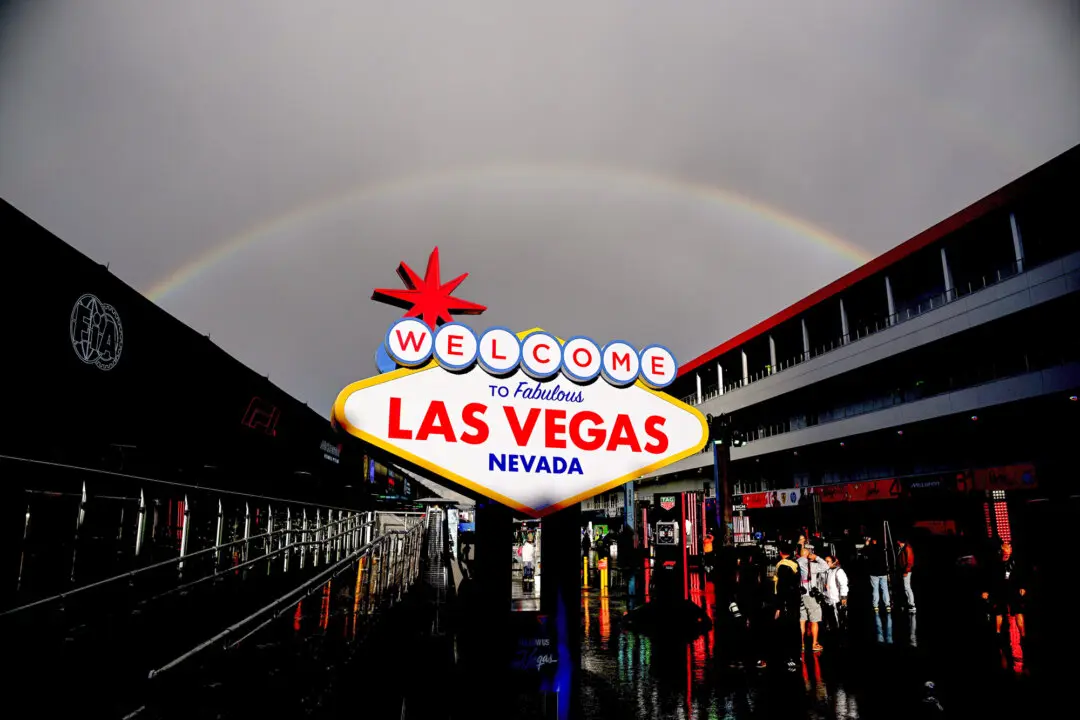BELLE CHASSE, La.—Overlooking the winding banks of the lower Mississippi River, there’s a man-made levee that protects Ricky Becnel’s citrus plant nursery from catastrophic flooding under most circumstances.
Saxon Becnel & Sons in Belle Chasse, Louisiana, has been in his family for more than a century, just as the river has sustained the fruits of their labor with fresh river water for six generations.





